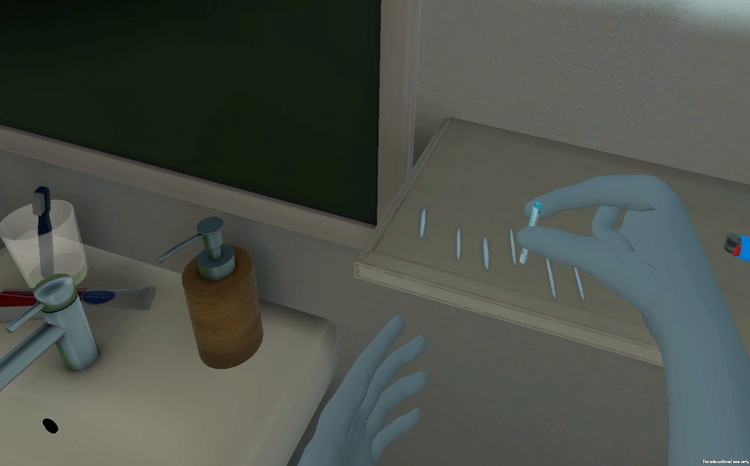US political rivals manage to agree on electronic records
- 4 May 2004
President George W. Bush last week created the position of national health information technology co-ordinator, with the goal of making electronic medical records available to all Americans within 10 years, writes Neil Versel in Chicago. The move is part of a push by US policymakers towards a public-private national health information infrastructure (NHII) which uniting old rivals in a common cause. Bush is the latest of a number of longtime political adversaries who are starting to come together around a vision of a nationwide, interoperable health IT infrastructure to promote healthcare quality, prevent medical errors and reduce costs by making complete patient information and evidence-based care the norm in US healthcare delivery. Hillary Rodham Clinton, the former first lady and Bush rival who now represents the state of New York in the US Senate, recently proposed legislation to promote IT in healthcare. In the House of Representatives, Representative Patrick Kennedy of Rhode Island is collaborating with former House Speaker Newt Gingrich to promote a “fully wired, integrated, paperless system” in healthcare by 2015. Gingrich, a staunch conservative, is well known for his ideological clashes with the Kennedys, Clintons and other members of the Democratic Party. In announcing his plan on 27 April at a veterans hospital in Baltimore, Bush made an example of the Department of Veterans Affairs, which runs the largest single health delivery system in the US and has a vast, interconnected health IT infrastructure enabling practitioners to access patient records from any of the more than 700 hospitals and clinics within the system. According to Bush: “We’re doing some smart things at the federal government, and the federal government can lead because we’re spending a lot of money in healthcare.” The health IT co-ordinator, whom Bush plans to name within 90 days, will report directly to the secretary of the Department of Health and Human Services (HHS). This person will direct all HHS health IT programmes to make sure they are compatible with similar initiatives in other federal agencies. “It will be the place for new ideas and the place to create policy,” HHS spokesman Bill Pierce said of the new health IT office within the department. Private interests generally greeted the Bush announcement and the prospect of legislation promoting healthcare IT with optimism. Typical of the comments from health IT groups are those from the American Health Information Management Association (AHIMA): “Improvements in patient safety, quality of care and efficiency challenges are dependent on the availability of all health information to facilitate real-time healthcare delivery and critical health-related decision making across diverse organizations,” AHIMA President Melanie Brodnik said in a written statement. “President Bush’s plan provides the necessary leadership to achieve these objectives.” Janice Walker, executive director of the Centre for Information Technology Leadership, a Massachusetts research organisation, was a bit more cautious in her assessment of the Bush plan. “It certainly is a positive first step,” says Walker, a registered nurse. “It’s an ambitious goal. It’s a good goal, but it would take resources,” according to Walker, who says there must be financial incentives for healthcare providers to adopt IT.




